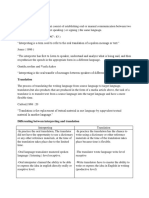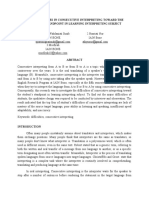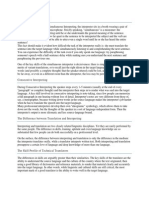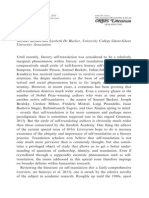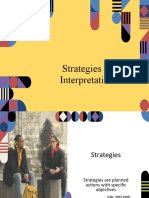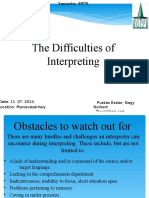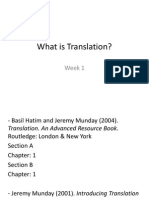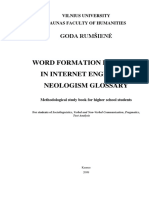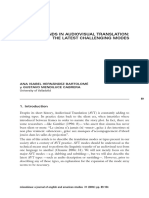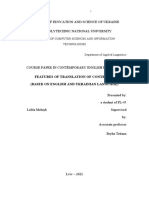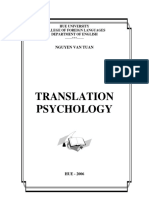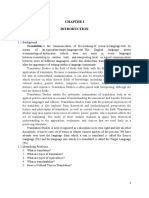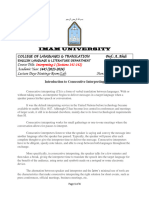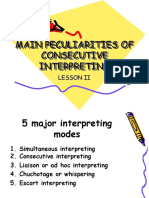0% found this document useful (0 votes)
429 views1 pageConsecutive Interpretation Guide
Consecutive interpreting involves the interpreter listening to a speaker, memorizing what was said, and then translating it sentence-by-sentence into the target language for the audience. The interpreter takes notes using symbols to help recall and recreate the meaning rather than verbatim words. It differs from simultaneous interpretation in that there are pauses between the original speech and its interpretation into another language.
Uploaded by
Atiqah RuhullitaCopyright
© © All Rights Reserved
We take content rights seriously. If you suspect this is your content, claim it here.
Available Formats
Download as PDF, TXT or read online on Scribd
0% found this document useful (0 votes)
429 views1 pageConsecutive Interpretation Guide
Consecutive interpreting involves the interpreter listening to a speaker, memorizing what was said, and then translating it sentence-by-sentence into the target language for the audience. The interpreter takes notes using symbols to help recall and recreate the meaning rather than verbatim words. It differs from simultaneous interpretation in that there are pauses between the original speech and its interpretation into another language.
Uploaded by
Atiqah RuhullitaCopyright
© © All Rights Reserved
We take content rights seriously. If you suspect this is your content, claim it here.
Available Formats
Download as PDF, TXT or read online on Scribd
/ 1
